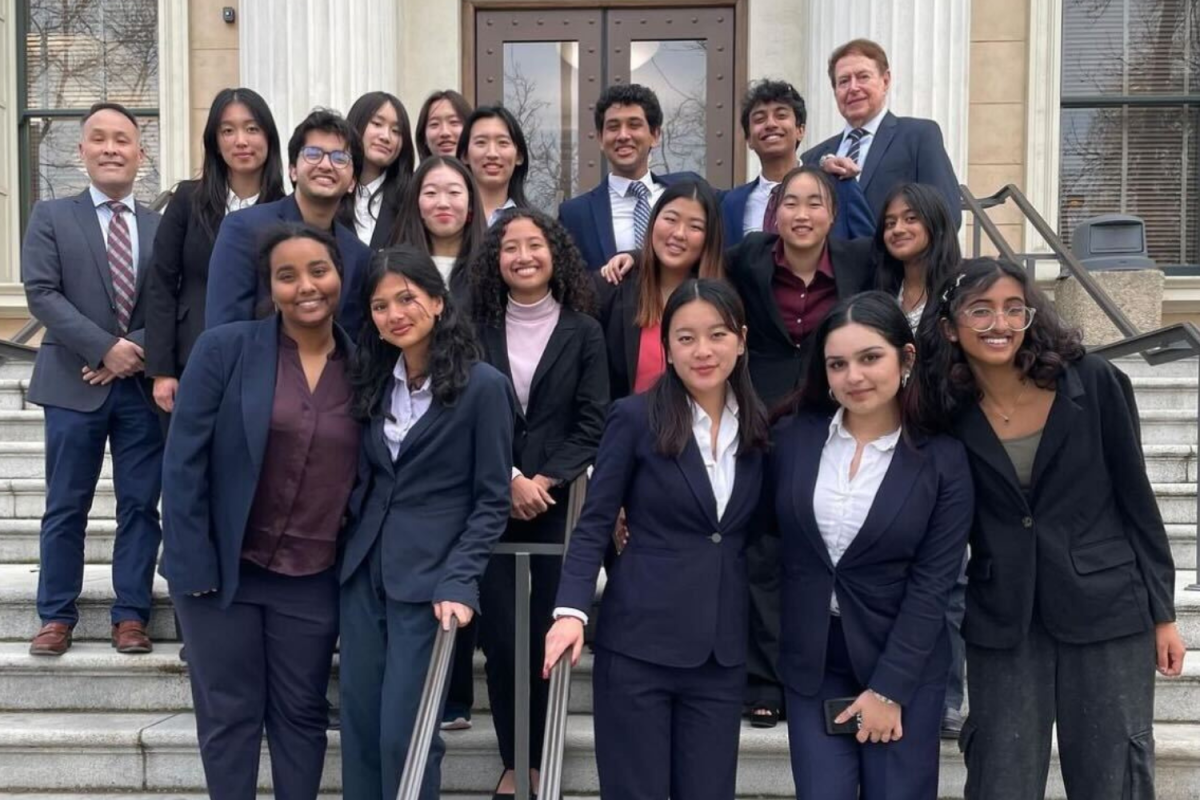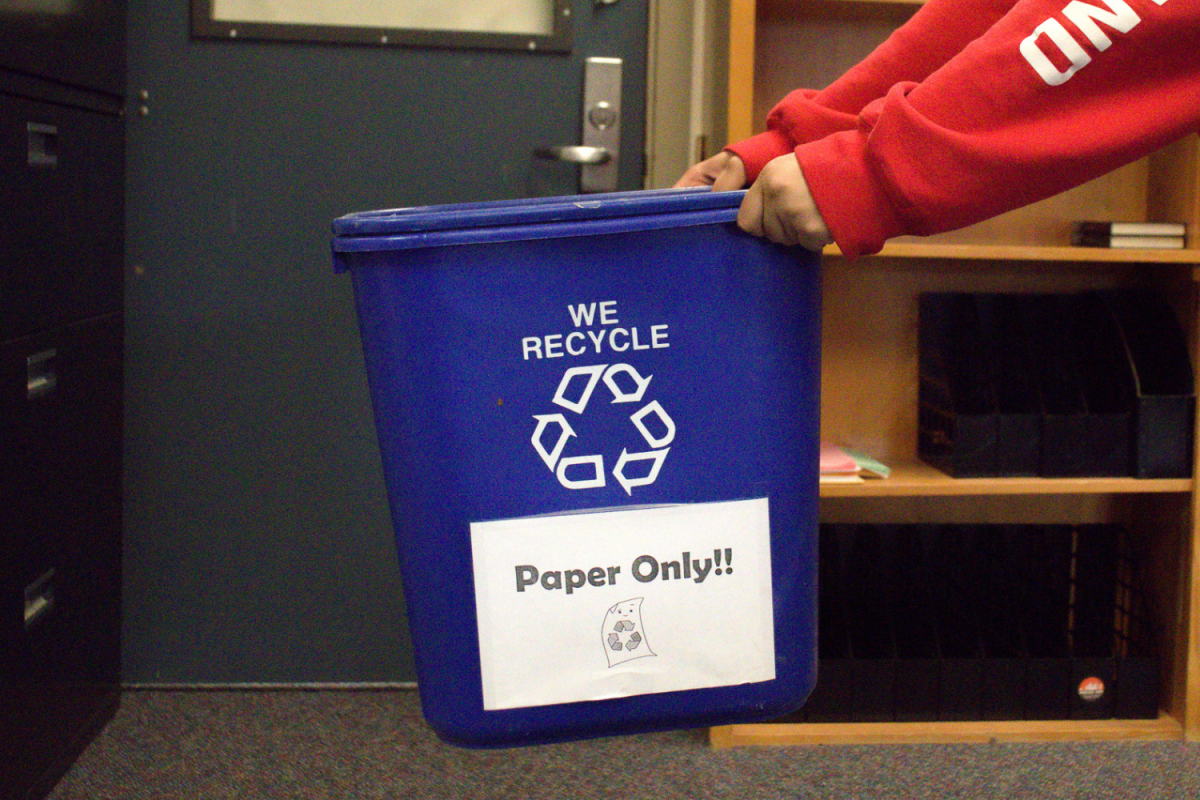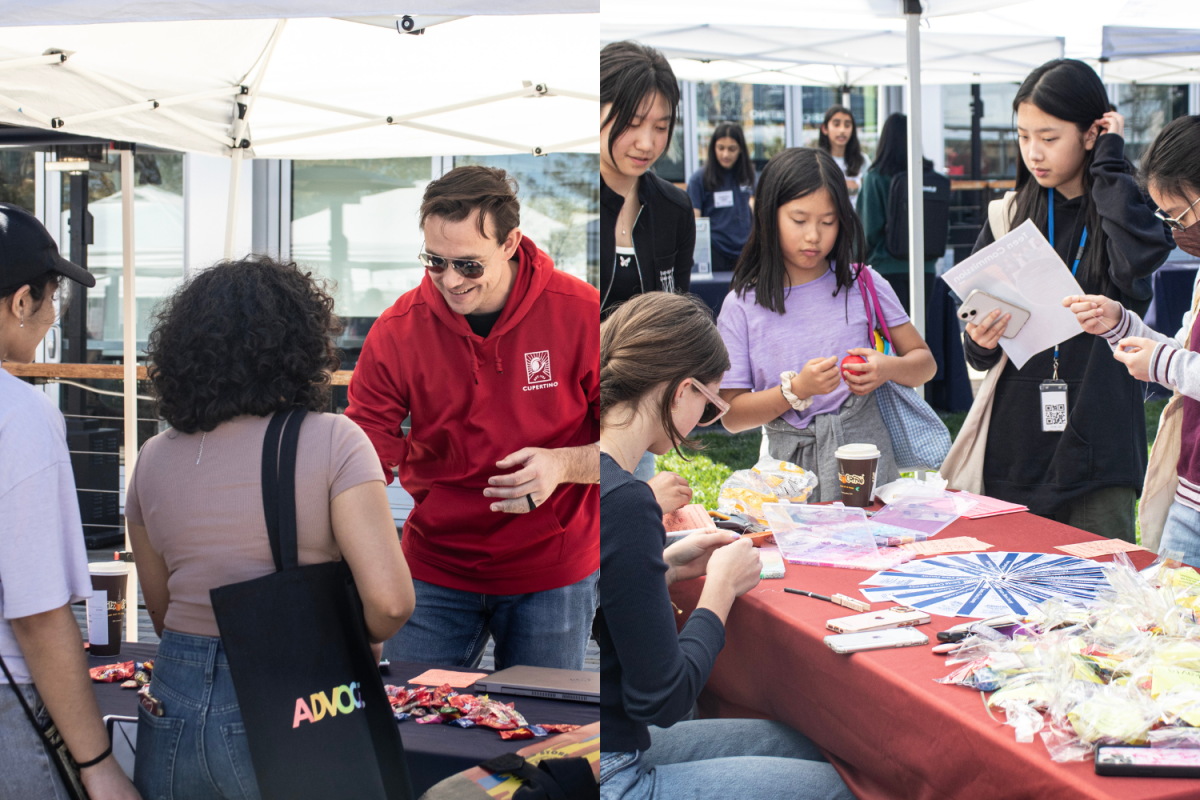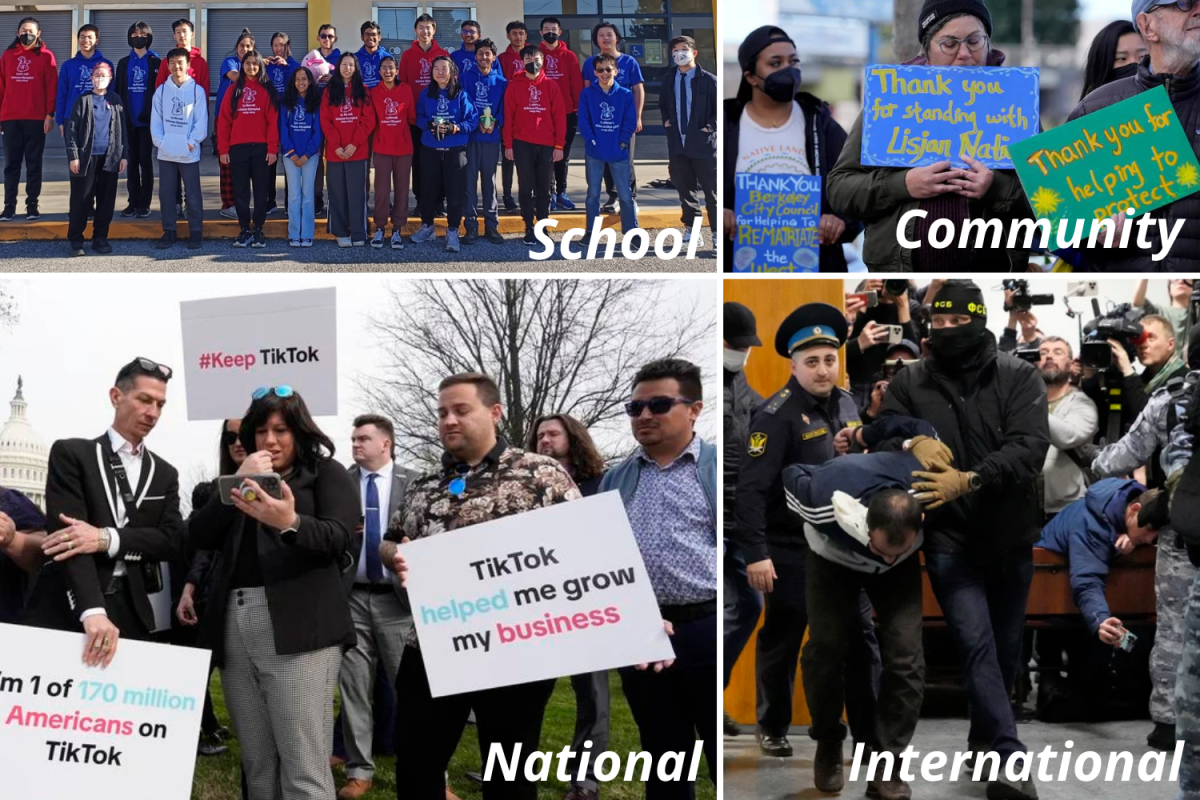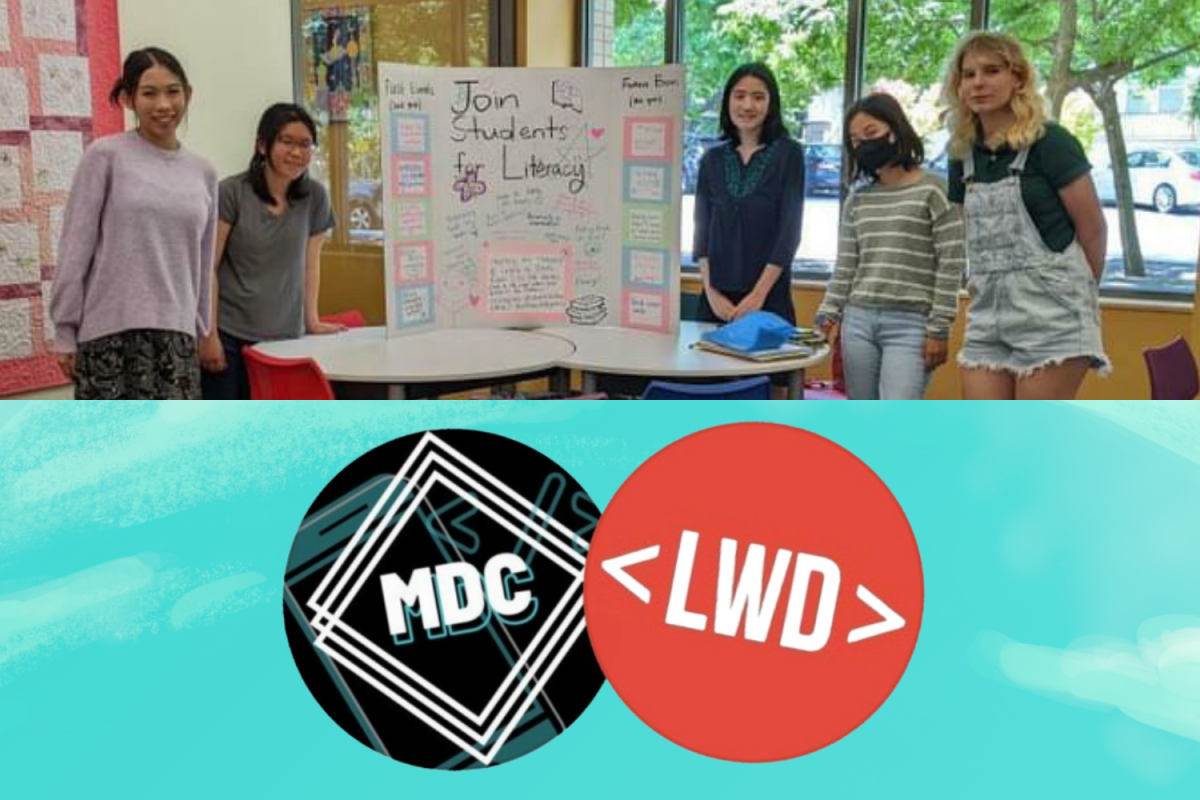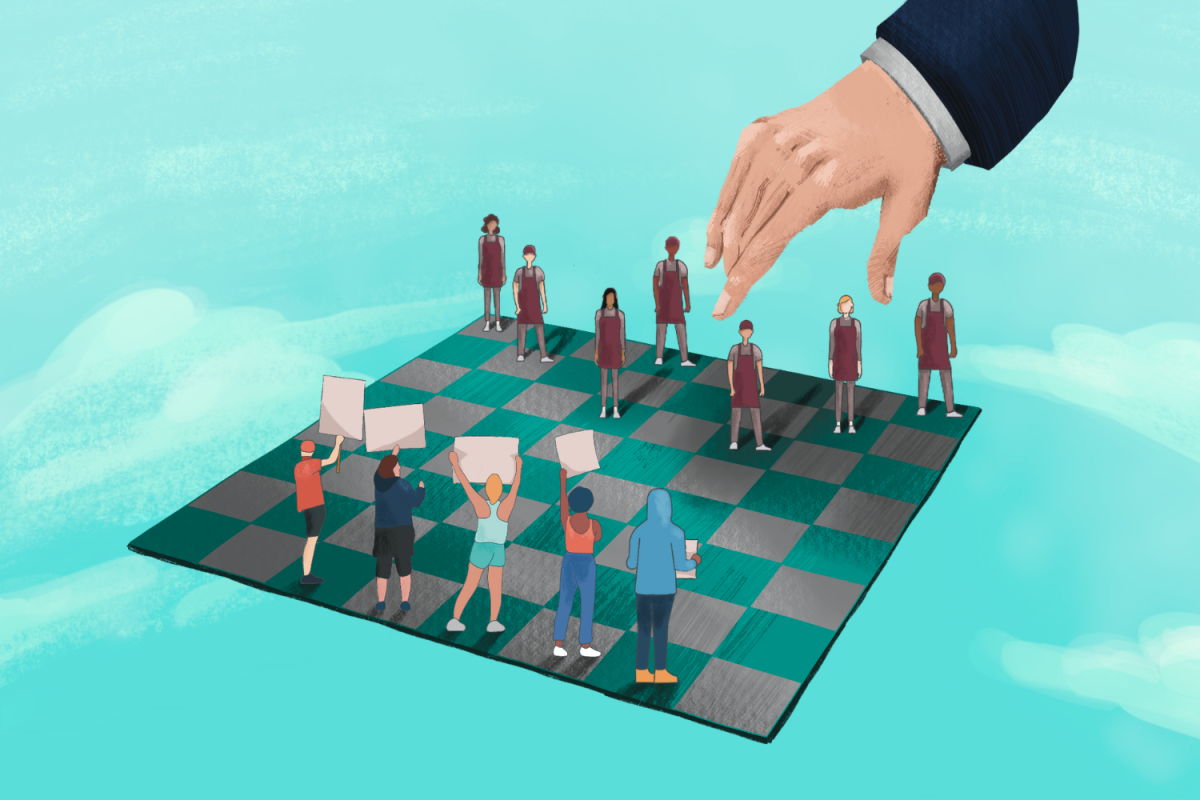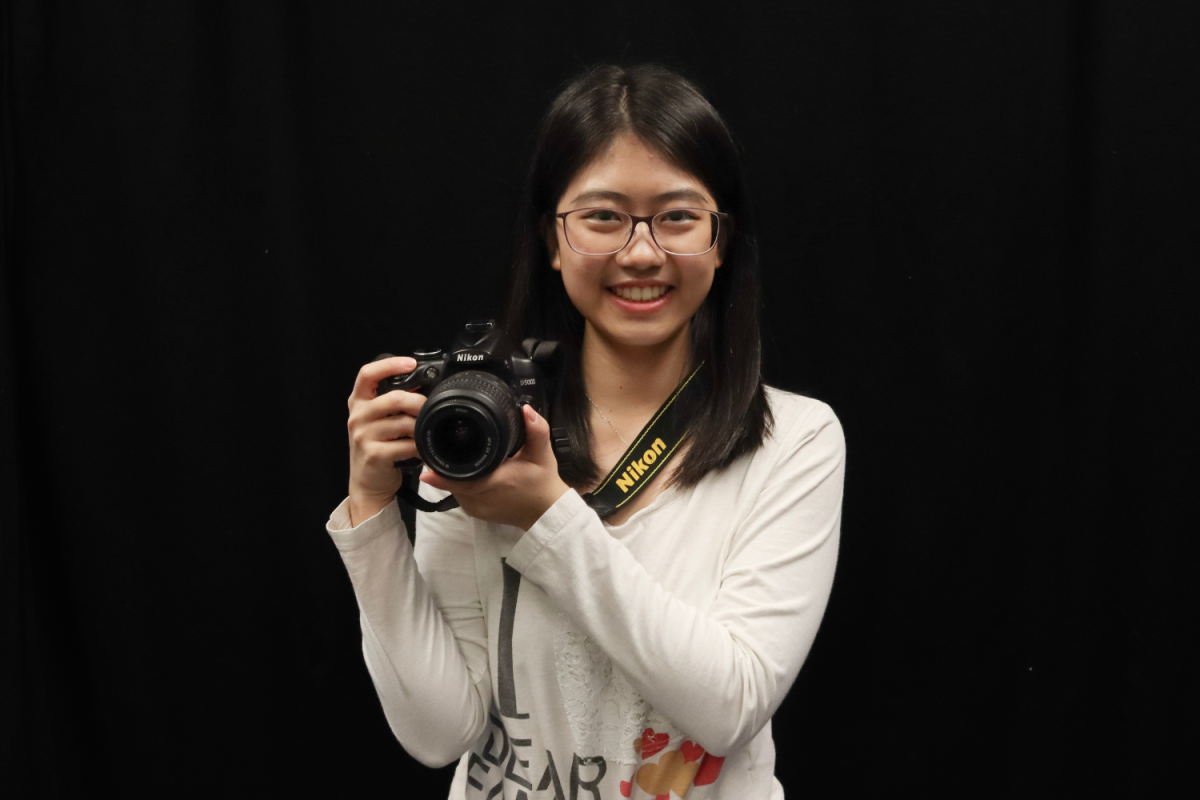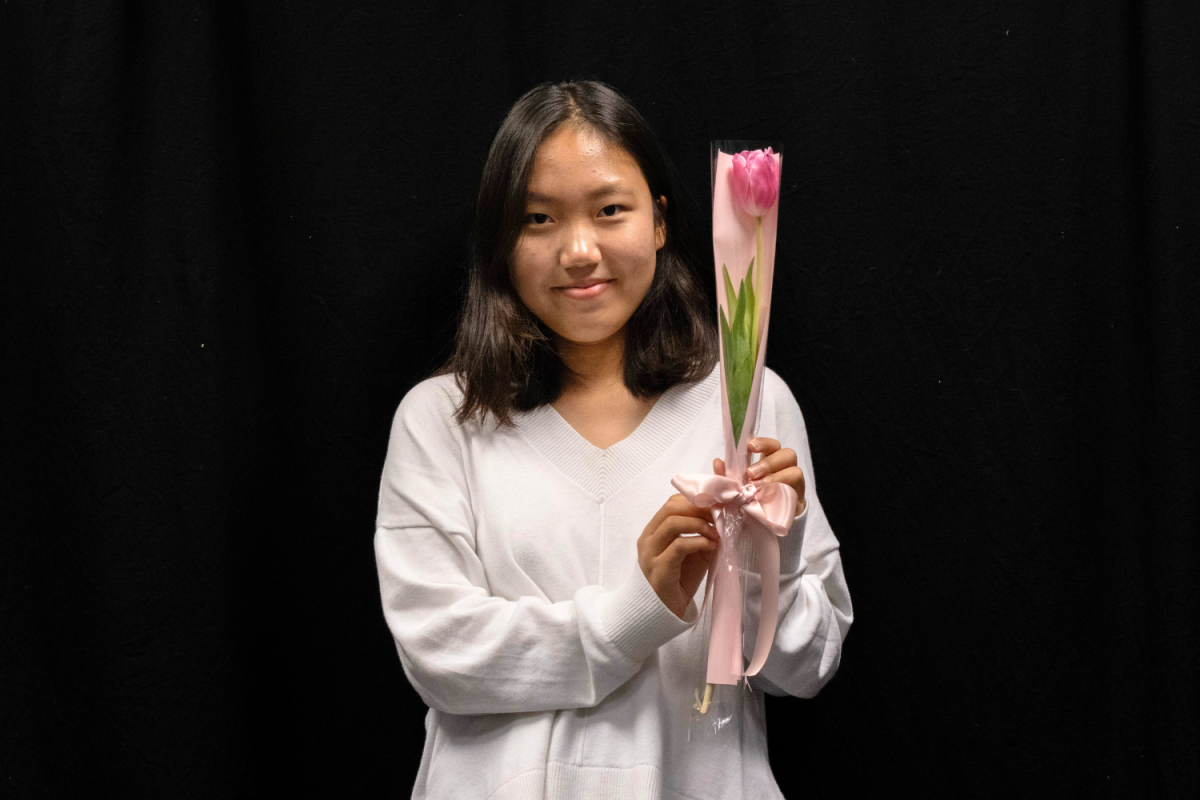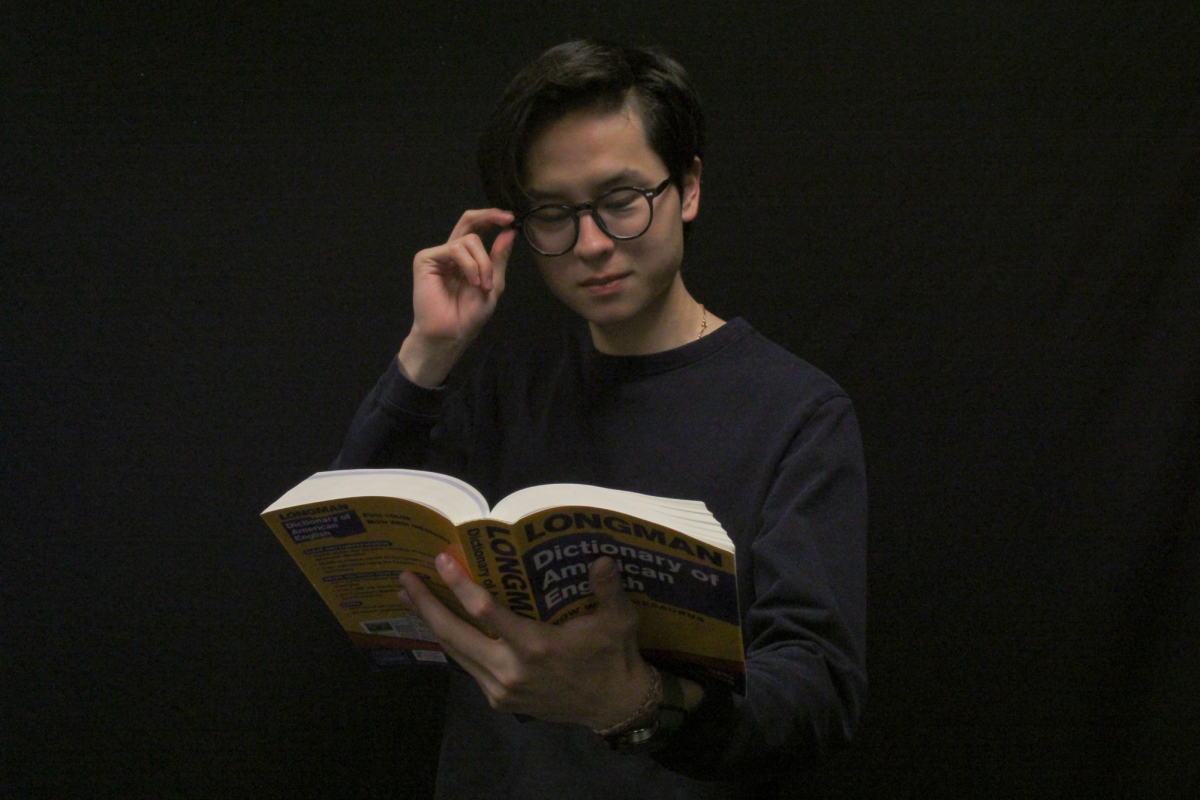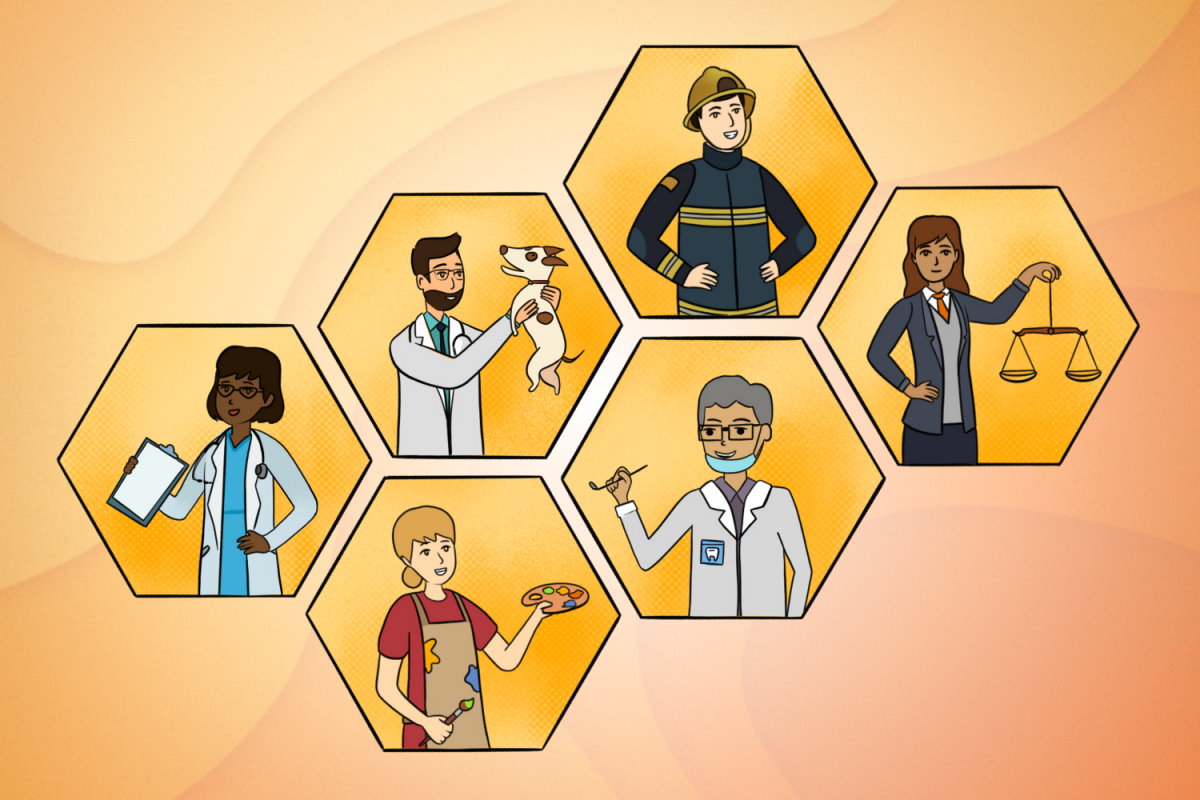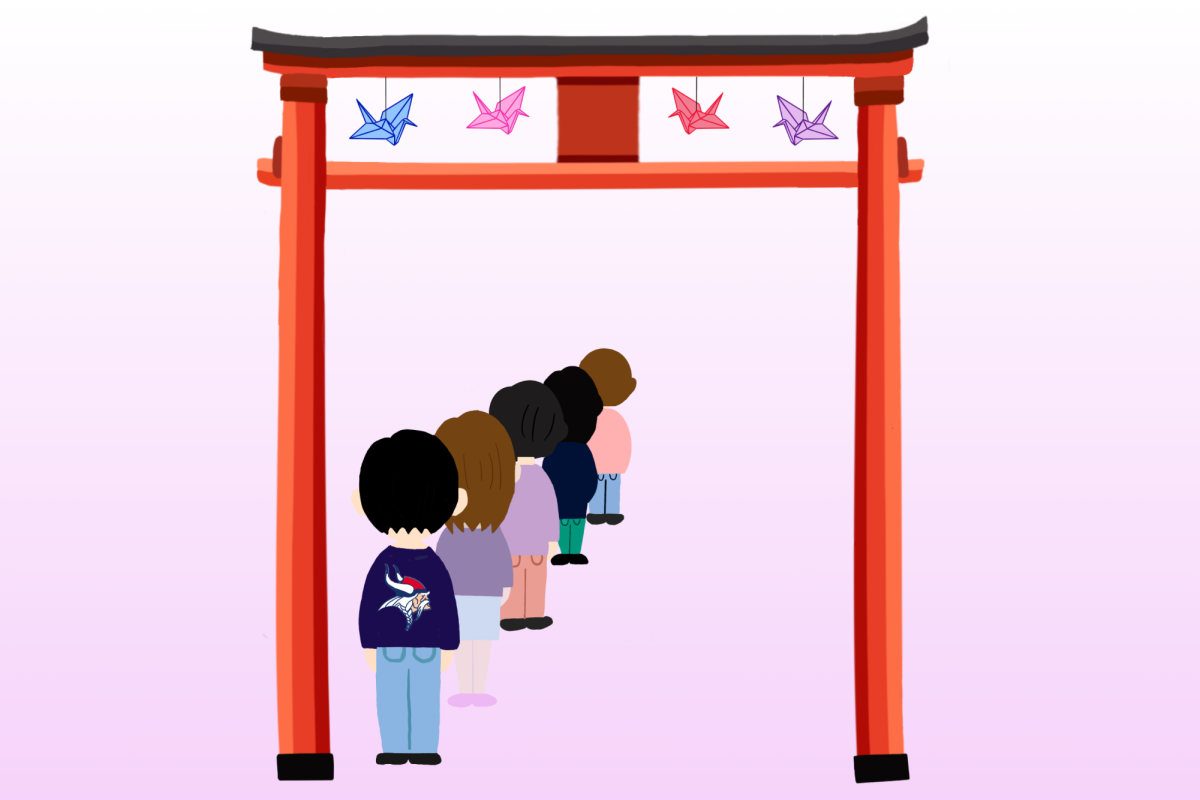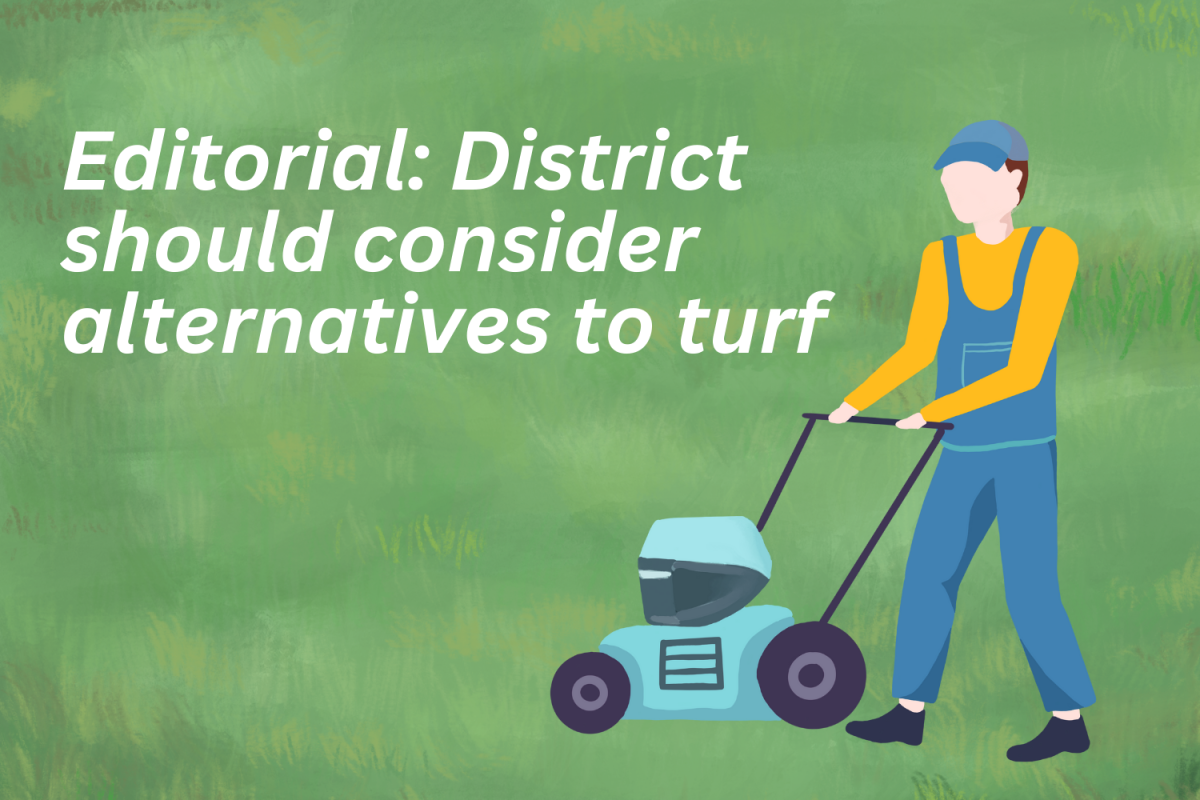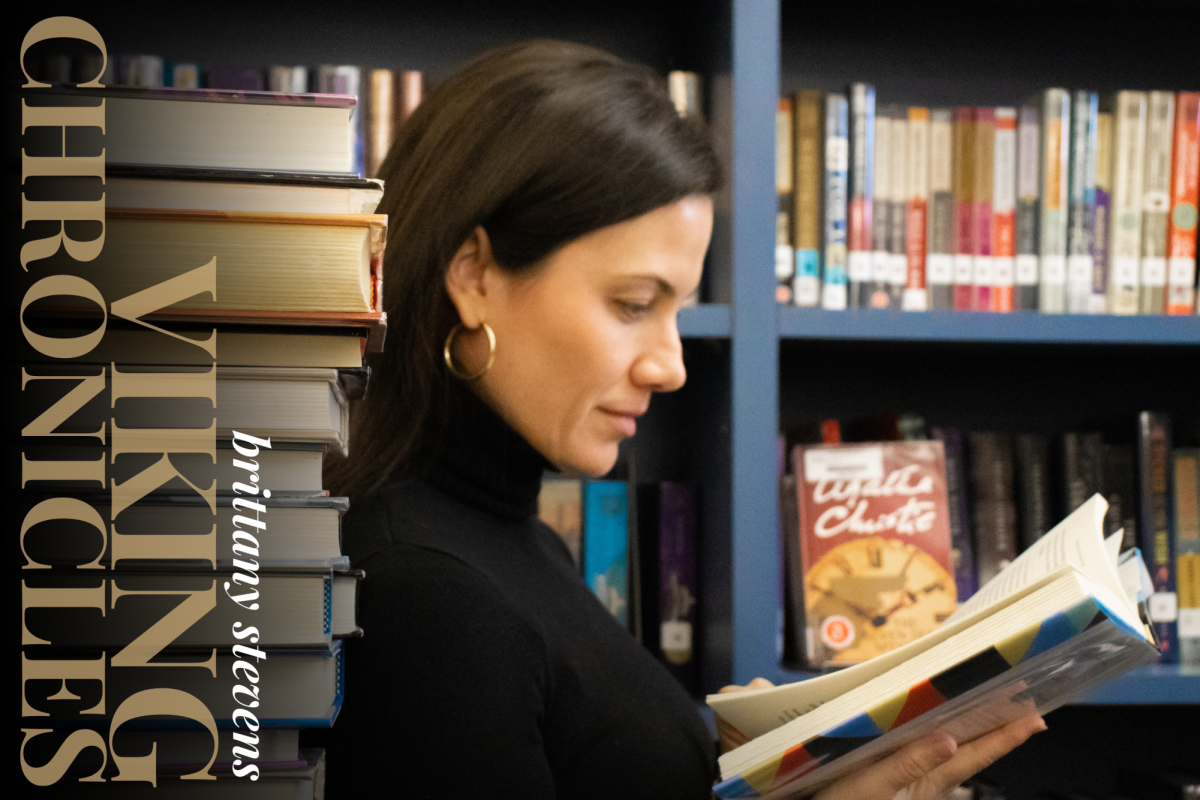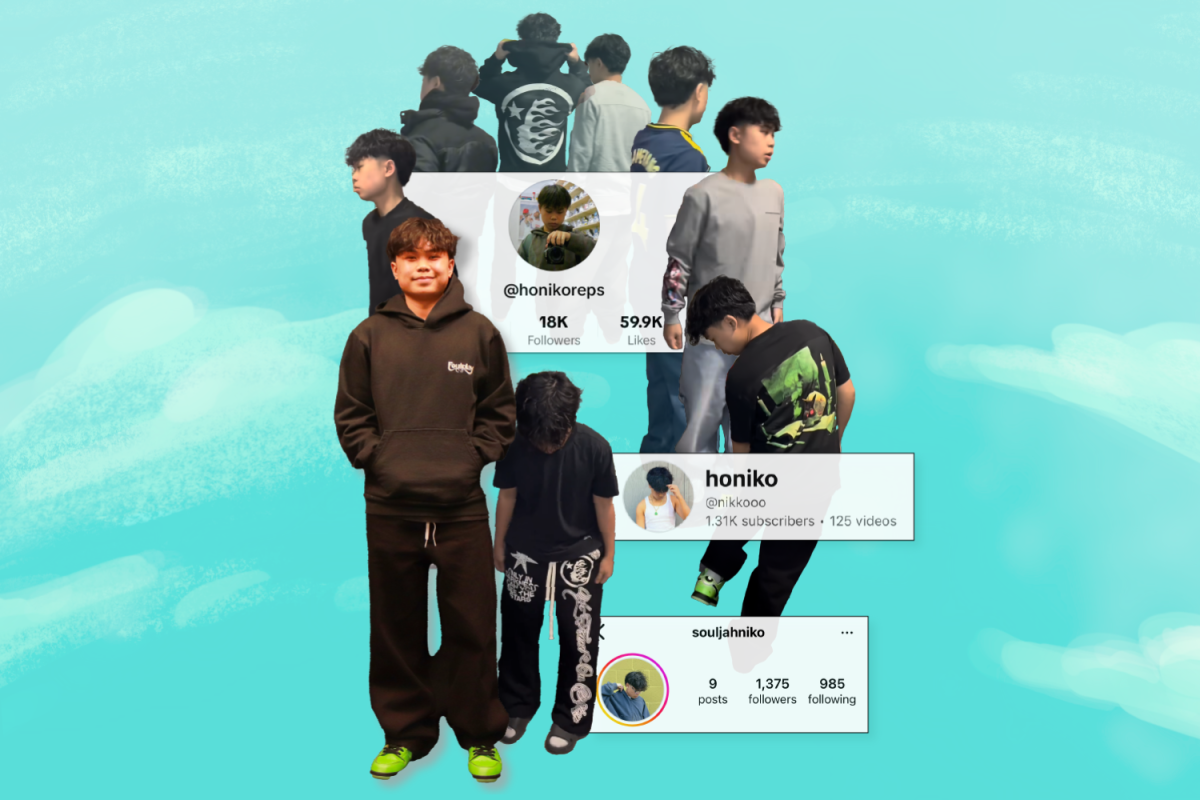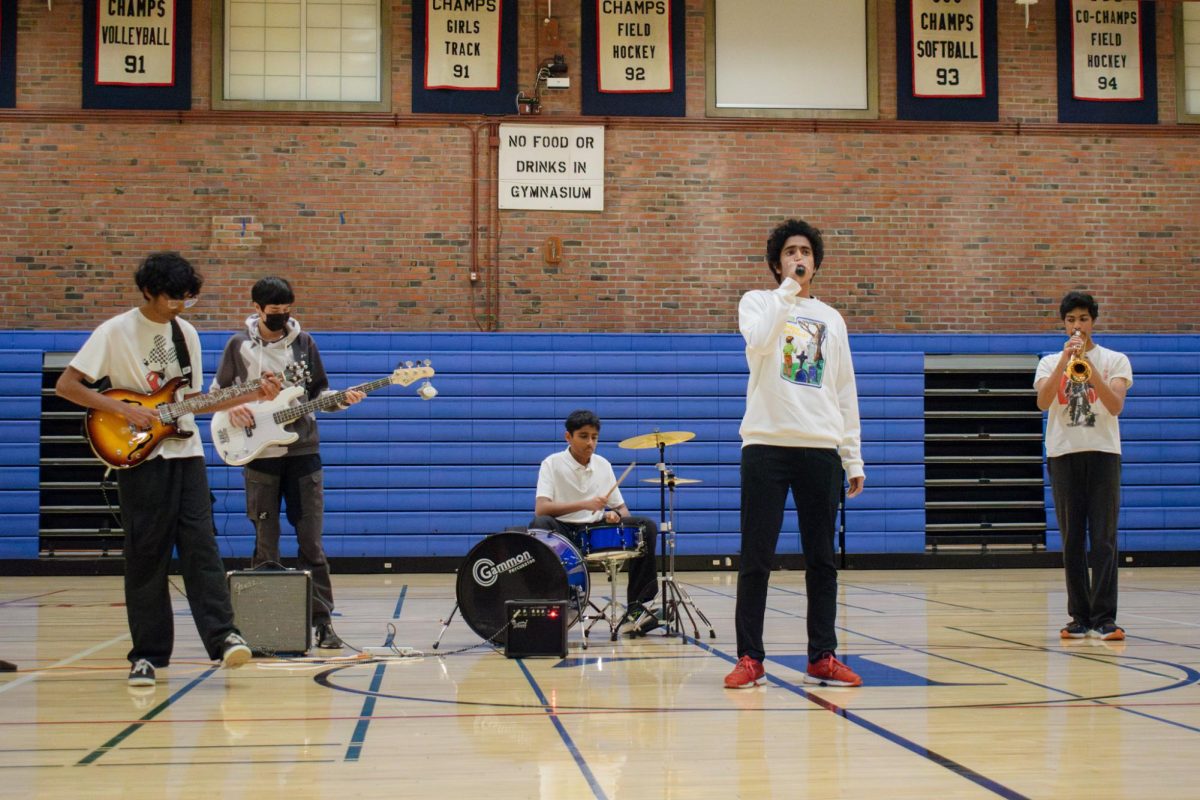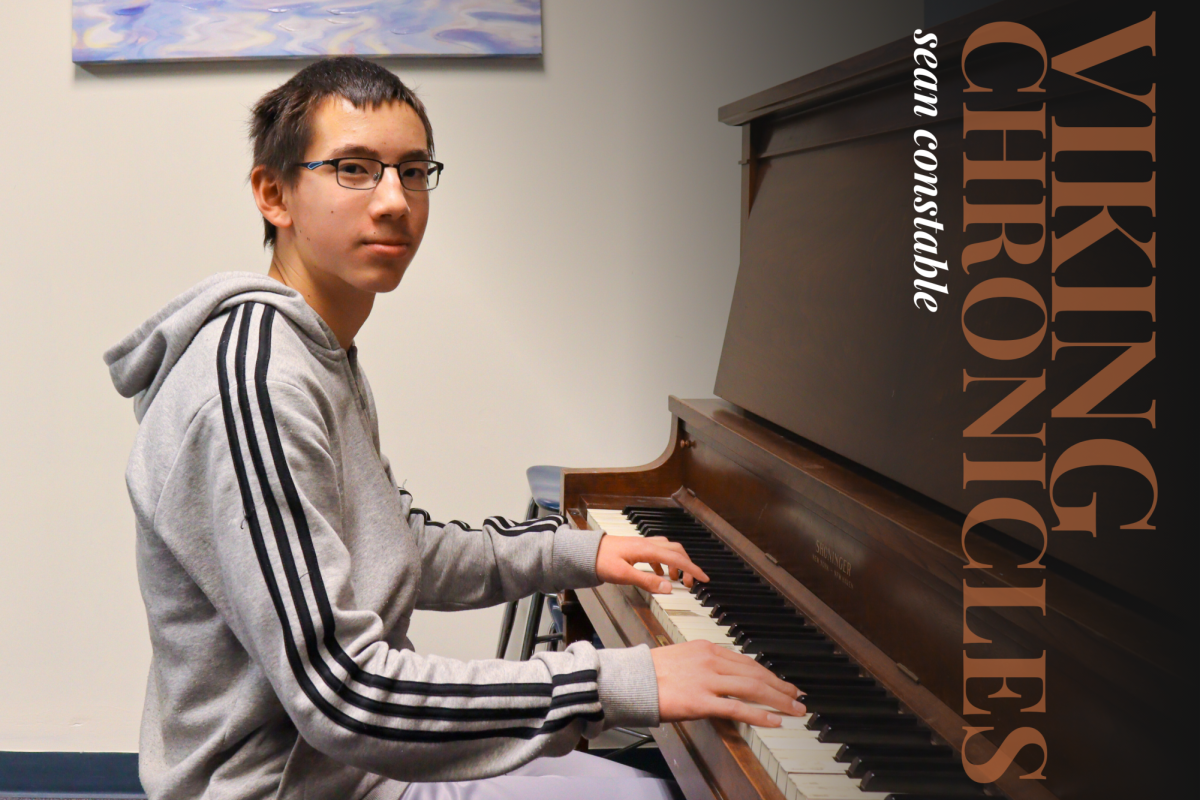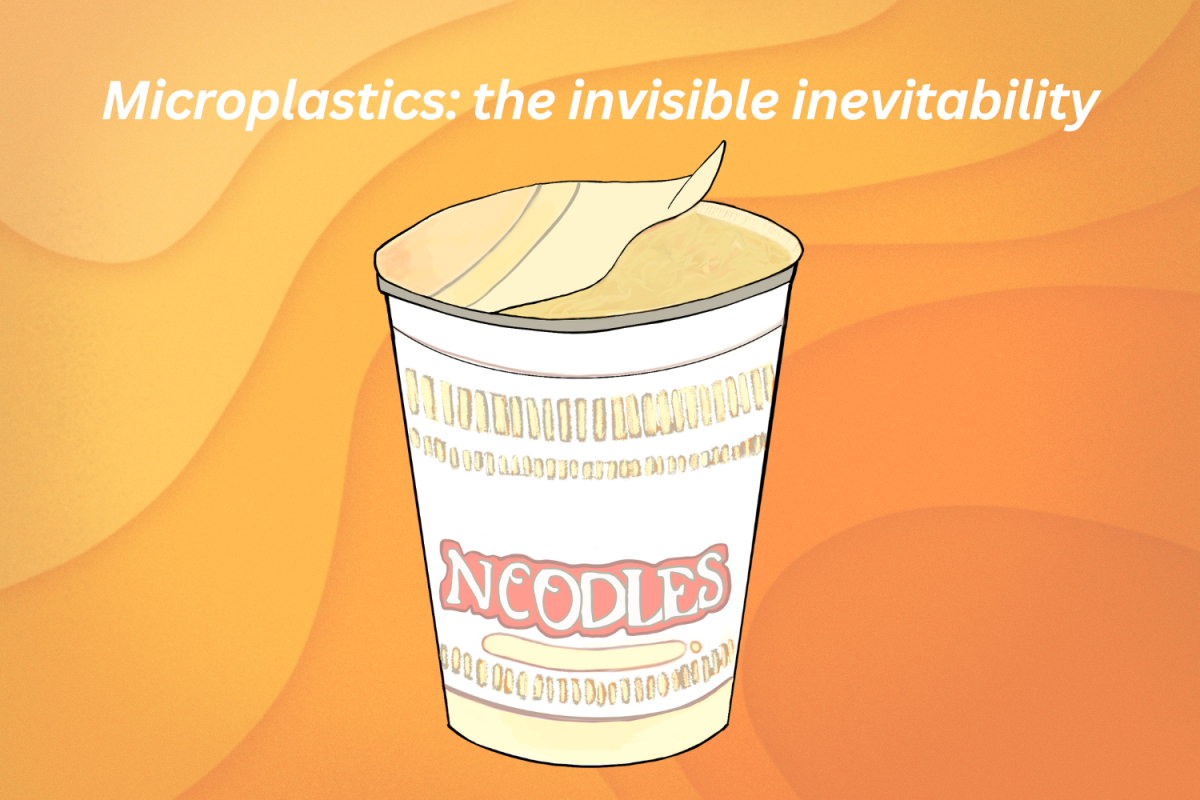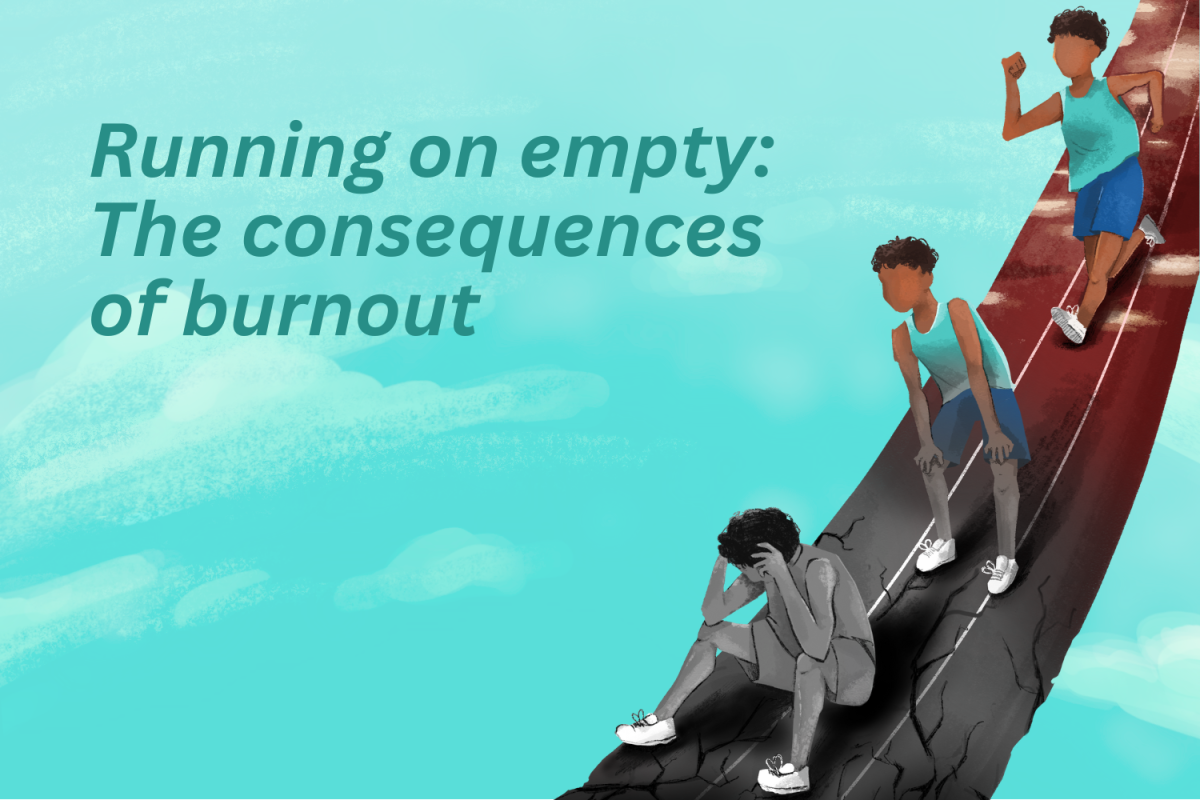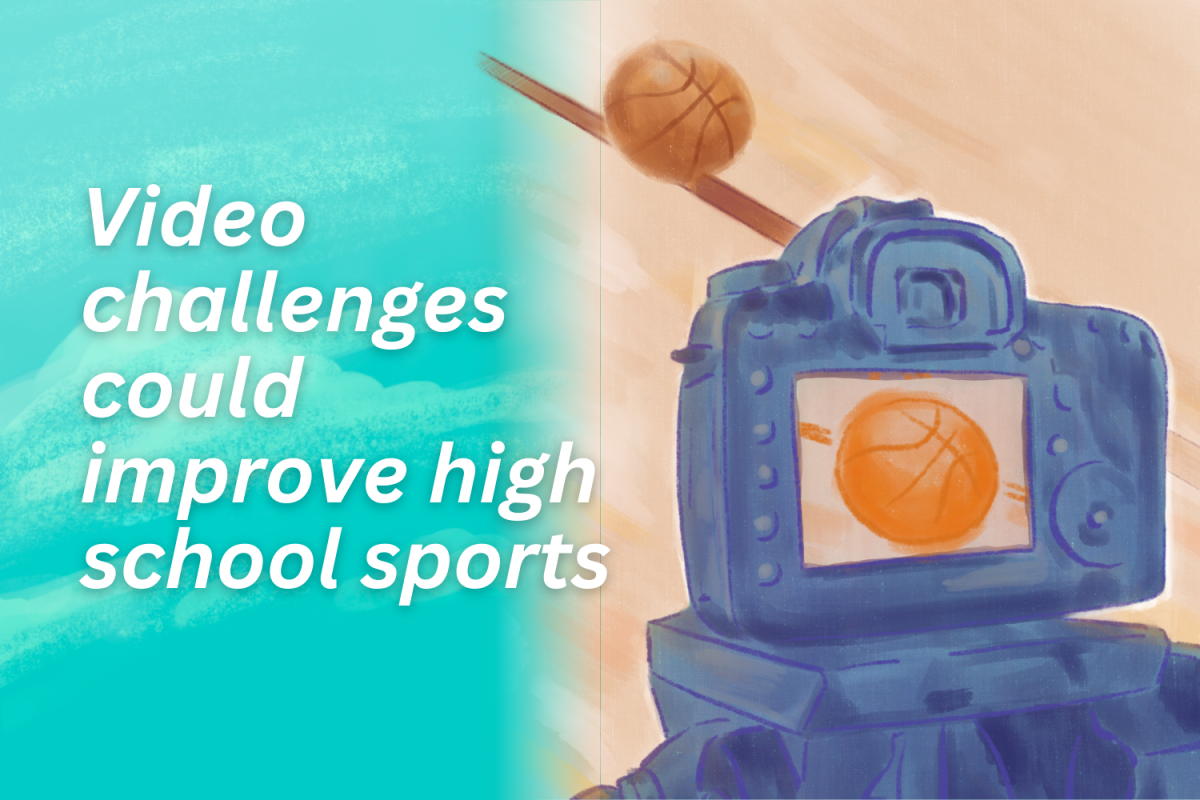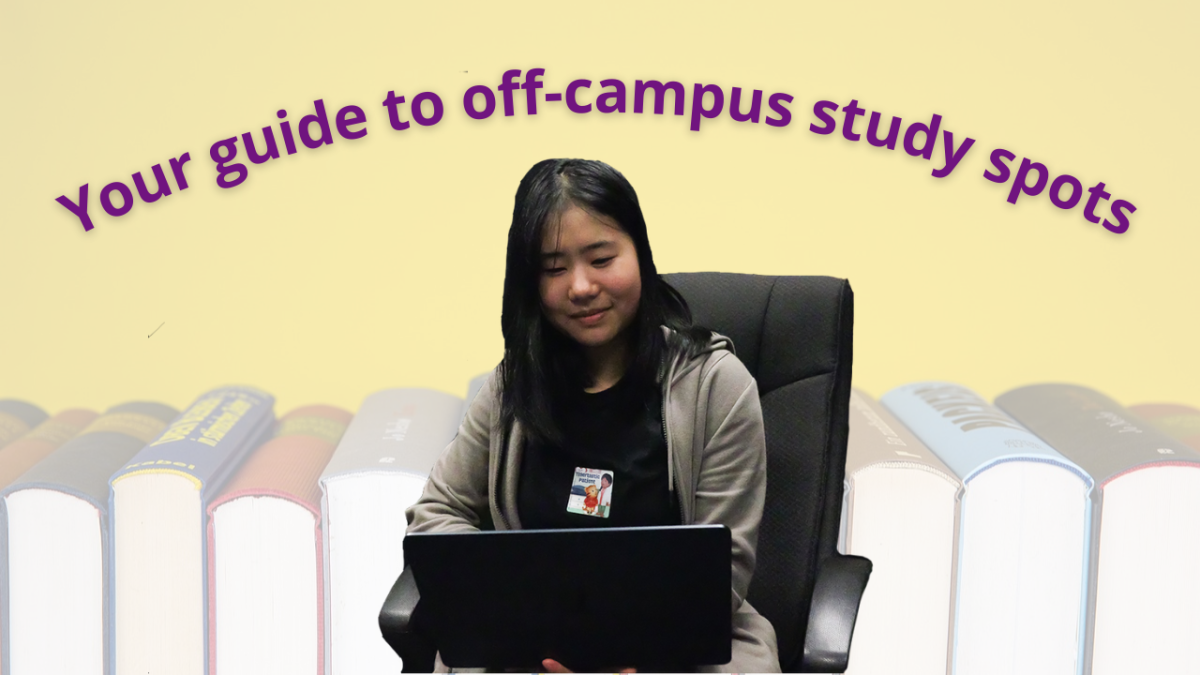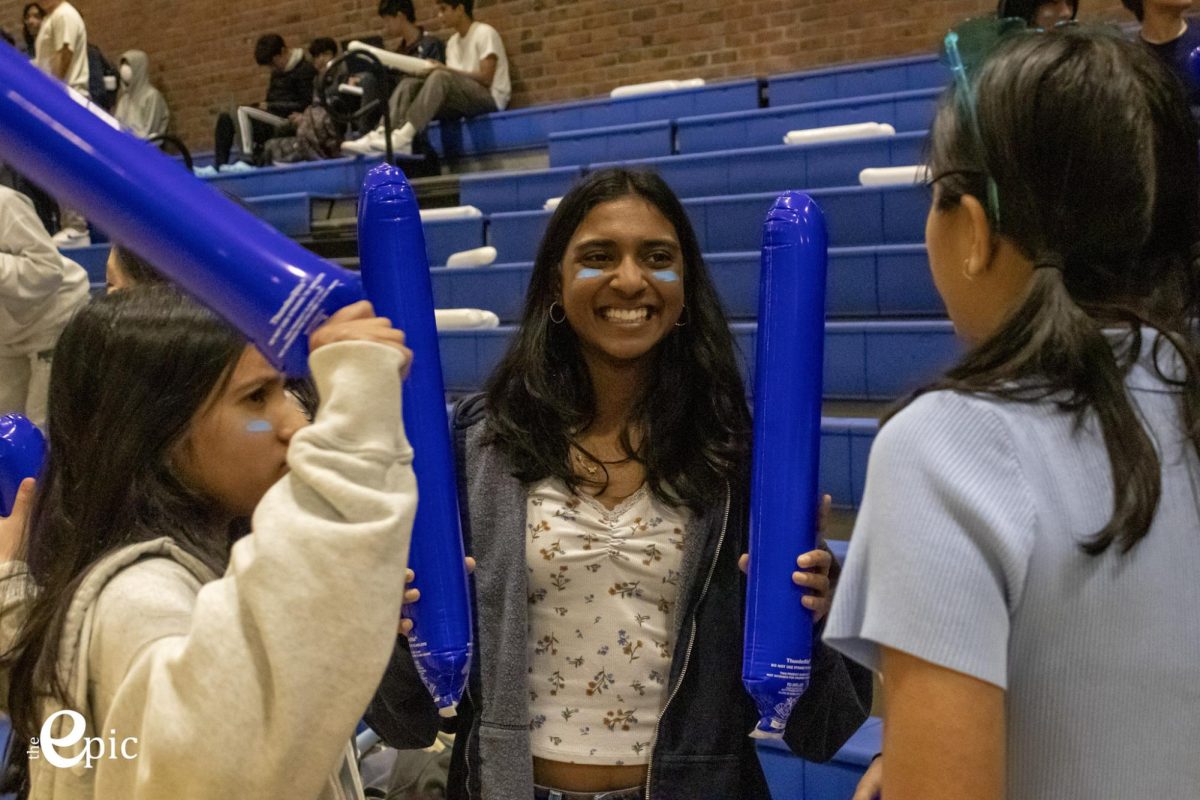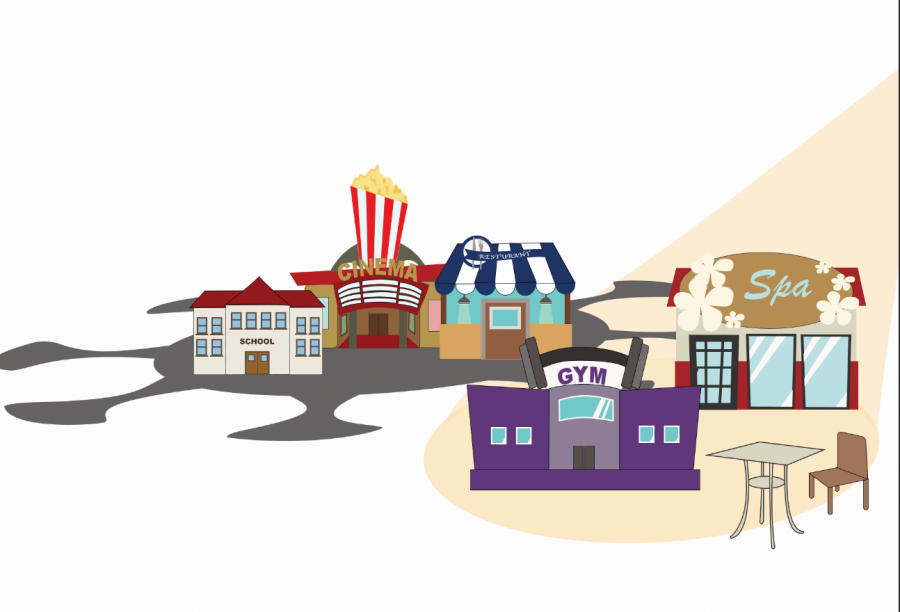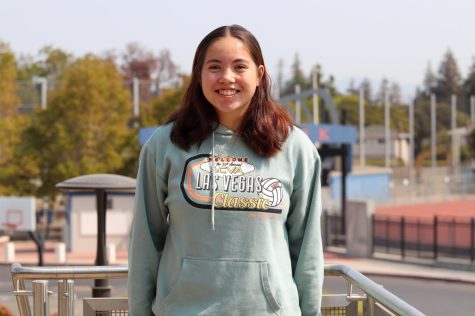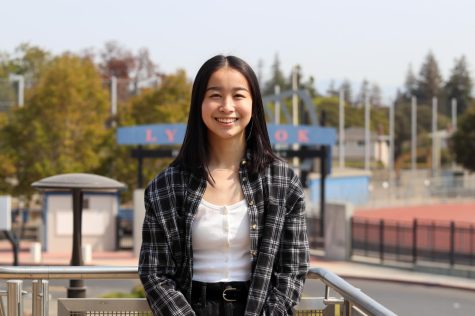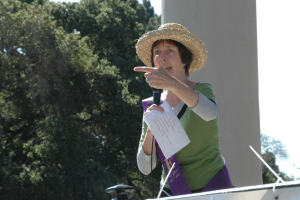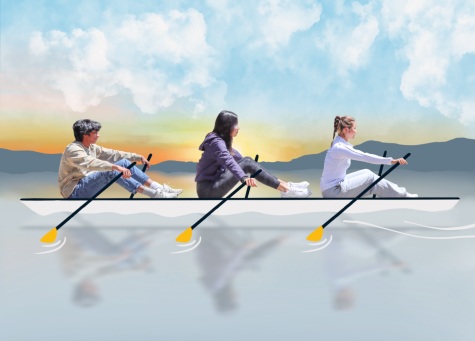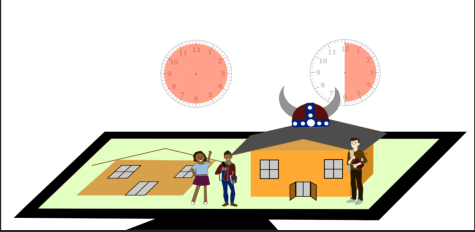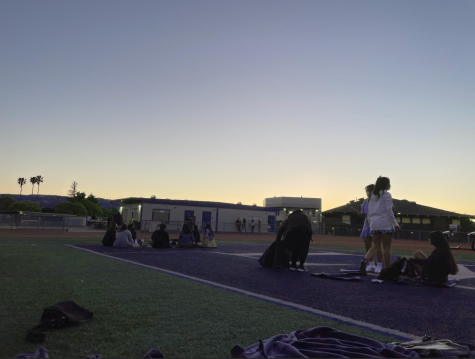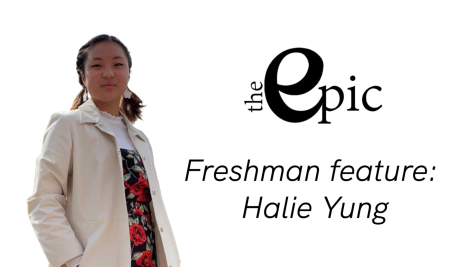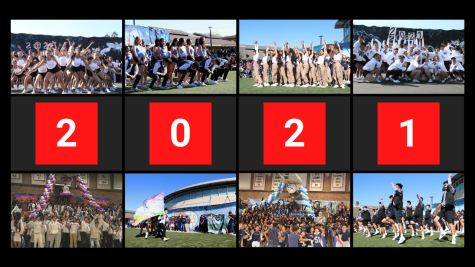COVID-19 updates: Unmasked
Graphic illustration by Mei Corricello and Crystal Qian
In the Red Tier, gyms and salons can resume indoors, while other operations, such as movie theaters and indoor dining, remain paused.
October 7, 2020
On Sept. 8, Santa Clara County moved from the Purple Tier to the Red Tier on California’s four-tier COVID-19 ranking system. Although counties in the Red Tier are still deemed areas with substantial COVID-19 spread, certain activities and indoor businesses are permitted to resume, as long as appropriate protocols and social distancing guidelines are in place. As the search for a vaccine continues and statewide cases decline, restrictions are easing, but many schools across the Bay Area have already released official settlements regarding the continuation of a distance learning model.
On Aug. 28, California Gov. Gavin Newsom deployed a new framework for individual counties to reopen, outlining the possibility of reopening schools and non-essential indoor businesses. California has adopted a four-tier evaluation system, in which each county’s risk level is graded with a system of four colored tiers: yellow for minimal risk, orange for moderate risk, red for substantial risk and purple for widespread risk. These rankings are determined by factors of daily new case count per population of 100,000 and test positivity rate; accordingly, each county’s color determines how its businesses can operate. Currently, Santa Clara County occupies the red tier, with a 4.7 adjusted case rate and a 2.4 percent test positivity rate as of Sept. 29. Personal care services such as tattoo and piercing parlors, nail salons and waxing salons are sanctioned to resume indoor operations, while gyms, fitness centers and malls are permitted to open at a reduced capacity. However, some indoor businesses and activities, such as movie theaters and indoor dining, are still too high-risk to allow at this time.
“The state framework for [counties in the red tier] would allow for indoor dining, but the state framework is a floor for counties, and then counties can make their own judgement and determine what’s safe,” Santa Clara County Public Health Director Dr. Sarah Cody said in a press conference on Sept. 23. “For the Bay Area, Santa Clara, San Francisco and Alameda county have decided to pause on indoor dining. When dining indoors, you have to take off your face covering. We’re mostly concerned about COVID-19’s spread through the air, so the face coverings that we’re all wearing now are critical, and you just can’t dine with the face covering on.”
With local businesses being blindsided by the initial scare caused by the pandemic, Santa Clara County recognizes the quandary many small businesses are in regarding the choice between reopening or going out of business. Consequently, the county has joined with Partnership for Working Families U.S.A., a community outreach team specializing in small business support, to provide resources to these shops.
“We’re here to provide tools and ensure businesses can continue to reopen safely, protect their workers and protect their customers,” Maria Noel Fernandez, Director of Organizing and Civic Engagement of Partnership for Working Families U.S.A., said at the same press conference. “We believe that a full and fair recovery from this pandemic is only possible if it includes all of us, and ensuring that our small businesses [continue running] is critical to all of our well-being.”
TeaTop, a local boba shop cherished by many Lynbrook students, is continuing to provide services to the community through the pandemic by inviting customers to order for takeout. TeaTop barista and senior Pierce Tao believes that the recent price increases of menu items was motivated by the considerable reduction of customers, which disrupted the business’s steady stream of revenue. For Tao, the transition into a work environment affected by COVID-19 was manageable and smooth.
“[The new guidelines] don’t really pose a challenge to how we would normally do things,” Tao said. “Even with some minor changes and precautions that we take, I don’t really find anything challenging or rough about it.”
Like all businesses, employees at TeaTop must follow strict safety precautions and sanitation procedures. They maintain safe distances between workers, direct customers to uphold social distancing guidelines and constantly and scrupulously clean work surfaces. C.H. Pan, the supervisor at TeaTop’s chain location in San Jose, highlights the importance of the community supporting local businesses during times like these.
“COVID has had a tremendous impact on all local stores,” Pan said. “People supporting local businesses like us really helps out and means a lot.”
As COVID-19 transmissions decrease, statewide operations are gradually returning to normal, but this loosening of restrictions is not the first time California has attempted to reopen. During the state’s failed attempt in May, cases skyrocketed — particularly in July — which prompted a second statewide shutdown. To prevent another surge of cases, Newsom is taking a more vigilant approach this time, announcing a mandatory waiting period of 21 days before counties can move from one tier to the next.
My first instinct was that I’m glad the decision was made. Of course, my first choice would be in-person learning, but considering our climate, it was the decision that made the most sense in terms of keeping people healthy.
— Susan Rocha, assistant principal of activities
One critical change that the Red Tier brings is the potential to reopen K-12 schools if the county can preserve its status for 14 days. Because of this directive, FUHSD was cleared to reopen schools on Sept. 22. However, following similar announcements from other school districts in the area, such as Los Gatos-Saratoga Union High School District and San Jose Unified School District, FUHSD formally announced on Sept. 24 that schools will continue a distance learning model for the remainder of the first semester.
“I’m certain that all of our staff miss working directly with students and can’t wait to get back to in-person instruction, [but] FUHSD is keeping the health and safety of its students, families and employees at the forefront when making reopening decisions,” district nurse Brando Gorlero said. “It is our hope that through the collective efforts of the school district and its families, we [can] all return to campus as soon as possible and feel safe while doing so.”
FUHSD cites its prioritization of student health as part of the reasoning behind its decision, noting that the current case counts exceed the ones that first prompted school closures in March. FUHSD has also delayed resumption of extracurricular activities that generate aerosol transmission, such as in-person choir and band, until further notice.
“My first instinct was that I’m glad the decision was made,” assistant principal Susan Rocha said. “Of course, my first choice would be in-person learning, but considering our climate, it was the decision that made the most sense in terms of keeping people healthy.”
On top of the regular flu season, a reopening of school campuses could be counterproductive by resulting in a second closing of schools, should another spike of cases occur. Even with the mandate of masks and stringent enforcement of social distancing protocols, implementing a hybrid model as advocated by the community would only serve less than 50 percent of the student population at any given time. Such a plan would be inconvenient for both faculty members and students and make it difficult for the administration to organize a pedagogically effective class schedule.
“It’s really hard on everybody,” Rocha said. “The way that public education is set up in the United States is not set up for small group instruction.”
FUHSD’s official announcement to extend remote learning drew mixed reactions from the Lynbrook community. Many students dislike remote learning and are eager to escape its constraints, specifically emphasizing their hope to interact with friends in-person again.
“I didn’t realize how much I missed being around people, from classes, to clubs, to after school activities,” junior Anthony Huang said. “All I do now is just sit in front of a screen for roughly 18 hours a day.”
Conversely, some students have reservations regarding the possibility of COVID-19 spreading if schools reopen, especially because classrooms are confined, concentrated spaces intended for hour-long periods — breeding grounds for transmission. Furthermore, many staff and student members have already acclimated to the new distance learning model.
“I think it’d be more tedious to go back now,” junior Naomi Lee said. “A lot of students and teachers just got used to the online school system, so transitioning back to physical school so soon is going to be another month or so of getting used to things again.”
Another upside of online instruction, in students’ eyes, is a slightly lighter workload. Lynbrook’s adjusted bell schedule provides an asynchronous study day on Wednesday in place of what would have been a full learning day.
“Asynchronous Wednesdays are a well-appreciated break from class, and they’re also a great opportunity to study,” freshman Nicholas Kong said. “I usually have enough time to get ahead of my work and study for tests.”
Many believe that the successful production of a vaccine would greatly facilitate the reopening of schools and other operations, such as restaurant dining and religious services. Vaccine development for COVID-19 began in January with the sequencing of the virus’s genome, and the first human trials followed in March. On June 30, the Federal Drug Administration announced that it will approve vaccines that demonstrate 50 percent efficacy, and with current progress, several vaccines could potentially be authorized for widespread use.
However, despite President Trump’s claims that a vaccine will be manufactured by the general election date on Nov. 3, companies and federal officials caution that his words are misleading and blatantly contradict current evidence from trials. Health care and social care workers will be given first priority in a vaccine roll-out, followed by people in high-risk groups, such as individuals over the age of 65 and those with underlying health conditions. Therefore, most other Americans will likely have to wait well into 2021 to receive a vaccine. Nonetheless, this projected date is already considered early by modern standards, as effective vaccines typically require years of extensive research and clinical trials before mass distribution to prevent the oversight of important safety details.
“The fastest we’ve ever produced a vaccine for widespread use was the mumps vaccine several decades ago, and that took four years,” said Dr. John Swartzberg, Clinical Professor Emeritus of Infectious Diseases and Vaccinology at UC Berkeley’s School of Public Health and Editorial Board Chair for UC Berkeley Health and Wellness Publications. “I think it is realistic to expect that we will see some fruits of labor for COVID-19 sometime early in the coming year.”
Although China and Russia have already authorized vaccines within their respective countries, the vaccines have not passed large-scale efficacy tests, and consequently, experts advise heavily against them and warn that the process entails serious risks.
“Vaccine development in the U.S. and Europe is moving quickly but within the prescribed way of developing a vaccine that is going through the Phase 1 through Phase 3 trials,” Swartzberg said. “China and Russia circumventing those trials and administering the vaccine straightaway to humans in large numbers is risky — very risky.”
Pfizer, in partnership with BioNTech, and Moderna are currently among the frontrunners in the race to develop a vaccine to combat the pandemic. These drug companies are developing mRNA vaccines and in the process of conducting Phase 3 human trials, the final stage before the vaccine is approved for early or limited use.
Following their lead is AstraZeneca, a British pharmaceutical company whose study encountered hiccups and was put on hold for two weeks after observing cases of neurological illnesses in patients. Another promising company, Johnson & Johnson, is aiming to develop a vaccine that requires only refrigeration rather than strict storage at subzero temperatures. Furthermore, Johnson & Johnson’s vaccine is expected to be administered in a single shot rather than two separate shots, each delivered weeks apart, as is the case for other competitors’ vaccines; this is a gamechanger because it significantly expedites the vaccine distribution process.
The Center for Disease Control (CDC) has released preliminary plans regarding vaccine distribution. Its blueprints emphasize communication and collaboration with state governments, one centralized distributor and a well-designed computer program to track vaccine results. For the primary distributor, the CDC signed a contract with McKesson, a healthcare corporation that distributed the H1N1 vaccine in 2009. Once a vaccine becomes available for public use, the U.S. plans to prioritize high-risk populations and promote widespread vaccine coverage.
Despite the darkness and isolation that is associated with COVID-19, Swartzberg cites several positive factors that have arisen from the pandemic. Swartzberg claims that the COVID-19 pandemic has absolutely changed the practice of medicine and telemedicine, with doctors estimating that the development of telemedicine has accelerated by at least a decade.
“I think there are a lot of good things that can come out of this, both from a social standpoint as well as a public health and medical standpoint,” Swartzberg said. “I hope it will prompt us to invest more into understanding how these pandemics occur, understanding our relationship with the microbial world and the animal world and learning about how to prevent these pandemics from happening again in the future.”
Despite all of the headway that drug companies are making in vaccine development, the best that individuals throughout the community can do at the moment is to remain mindful of others and take extra precautions when not at home. The CDC and World Health Organization have continuously stressed the importance of wearing masks, practicing social distancing and regularly disinfecting hands.
“I’m hoping that people will realize that we need to be more responsible for each other in society,” Swartzberg said. “I’d like everybody to think about some of the things they would like to go back to, and hopefully that will be the impetus for not only forcing them to think that way, but [also] to act that way.”

